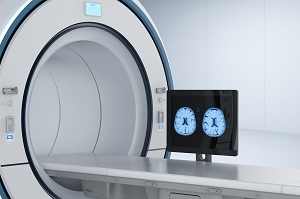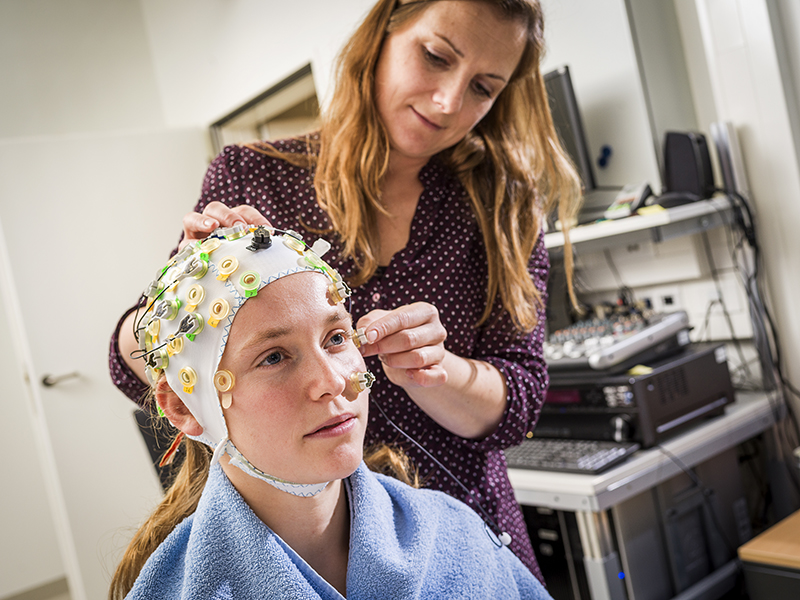The previous two parts of this series (Part 1, Part 2) explained how scientists choose where to dig. Here, I will explain the various tools researchers have at their disposal and specifically discuss one previously underutilized tool that became more prominent due to the issues caused by the COVID-19 pandemic.
During the initial phase of thinking and theorizing, the most accurate tool for finding the gold needs to be carefully selected. Similar to the way a construction worker may use a big machine to dig a large and deep hole, but choose a shovel to dig a smaller hole and work in a more detail-oriented way, a researcher must decide which tool best suits their chosen theoretical question. Specifically, language researchers are interested in how the human mind and brain learns, understands, and produces language in various contexts and during different tasks. In other words, intellectual gold. The choice of tool typically comes from the specific theoretical question and its answer, which researchers are digging for. As we saw from the previous posts, scientists think carefully about where to begin to dig. The same goes for the tool they choose to dig with. Akin to a construction worker, they would not use an excavator to dig up a needle, nor a gardening shovel to dig for a dinosaur bone. Similarly, a scientist examining brain activity would not use a magnifying glass to measure electrical signals between brain regions. So, what tools can scientists choose from when they want to measure the mind and brain?
If a scientist wants to see which parts of the brain are involved when you use language, the tool of choice could be functional magnetic resonance imaging, or fMRI. A fMRI machine is a big magnet that takes pictures of the brain and highlights certain areas that are the most active during a task, but provides less accurate timing of brain activity.

If they want to see what sort of electrical signals are being used to communicate between brain areas within milliseconds, they will likely choose electroencephalography, or EEG, as their digging tool.
If they want to investigate the process of selecting the correct word to speak, they could combine eye movements (a fast, automatic response) and response time measurements from button presses or speech responses. That way, they are able to examine the cognitive effort required when comparing different experimental conditions that occur in milliseconds. Finally, researchers use surveys or questionnaires to look at people’s subjective opinions about certain language features and constructions.
Each of these examples requires people to come to the lab for testing (aside from online surveys). However, during the beginnings of the COVID-19 pandemic, many universities and research centers were shut down as a precaution against spreading the virus, and these tools could no longer be used. The issue of not being able to test participants physically caused researchers to rethink their choice of tools. The solution to this new challenge was actually much closer than most people would have thought: at home.
To keep digging for gold in these times, scientists developed online experiments. These can be completed on the personal computers of participants which allow for the same experimental designs and setups as in the lab. Prior to the pandemic, online tools were rarely used due to their lack of reliability: it was difficult to know whether the home laptop or computer would record accurately. Additionally, paying the participants and managing their answers was not easy. Some online platforms paid very little, while on other platforms, a single participant could participate in the same experiment multiple times.
Similar to the development of the COVID-19 vaccine, researchers and universities have been working tirelessly to create more reliable online platforms for experiments to continue throughout the pandemic. For instance, many experiments are now run on platforms such as Gorilla or Prolific. Each of these platforms requires more information about both the equipment at home as well as the participants themselves, to reduce the risks mentioned earlier. This new and updated tool gave researchers a much needed lifeline to continue their research, although from a distance, over the past two and half years – even at the Max Planck Institute.
In summary, not only does choosing the right place to dig require a great deal of consideration; but also the choice of which tool to dig with. Without the correct tool, a researcher may dig a hole too large and deep, and miss their targeted gold. Similarly, when the gold is small, they require a small and accurate tool. If the gold is large, they need a large and strong tool to get the full picture of it. Just as tracking eye-movements during an EEG recording for accurate timing, or using fMRI to see which brain regions are used during a specific task with less accuracy in how quickly the brain reacts. As obvious as it may seem, choosing the correct place and tool simply goes hand-in-hand when digging for the intellectual gold that researchers search for.
Writer: Alex Titus
Editor: Katharina Polsterer
Dutch translation: Julia von der Fuhr
German translation: Ronny Bujok
Final editing: Sophie Slaats

